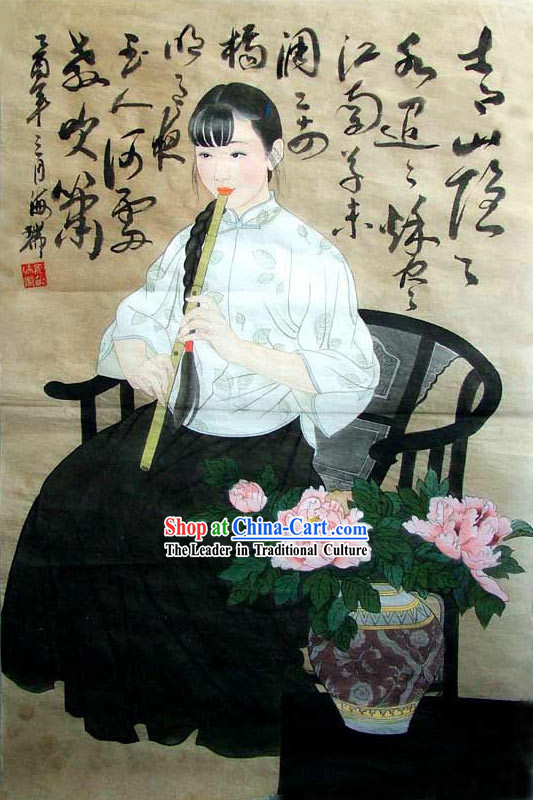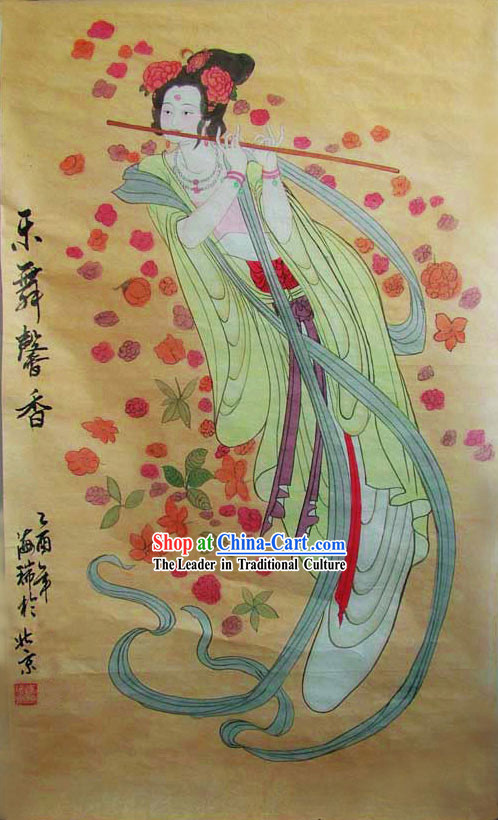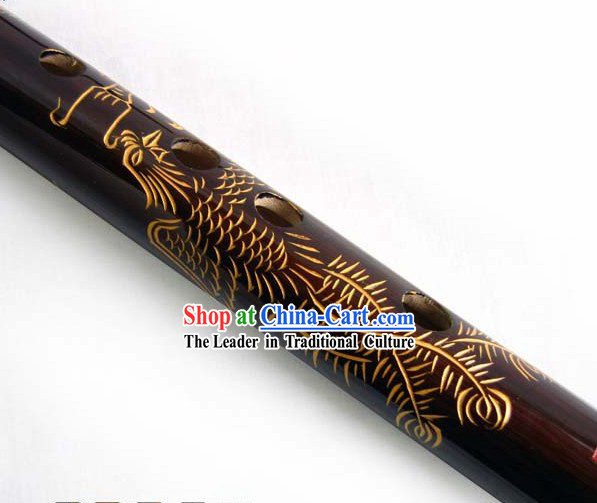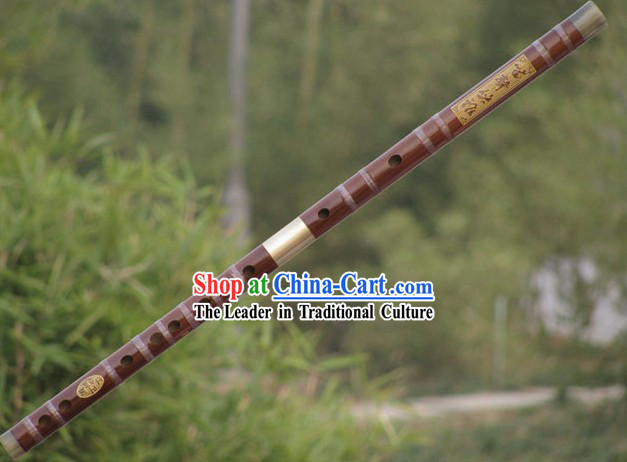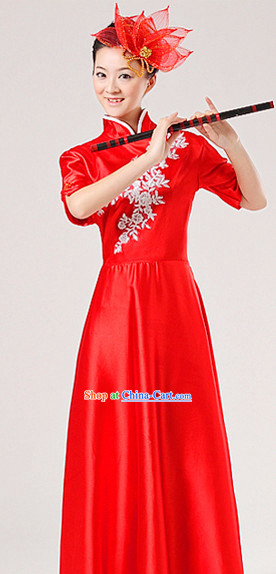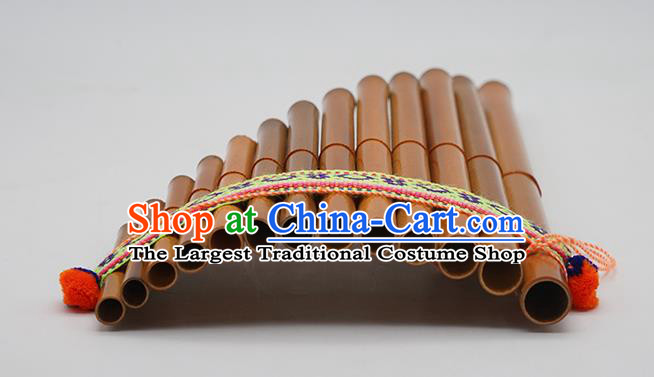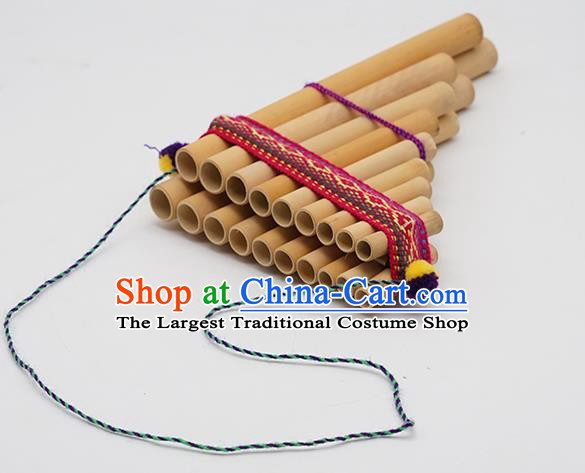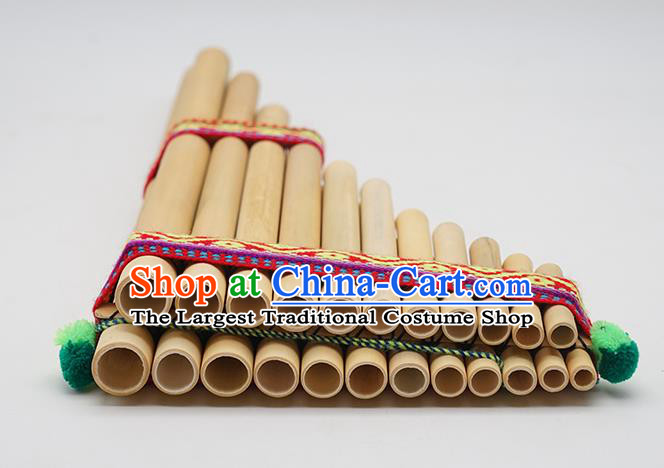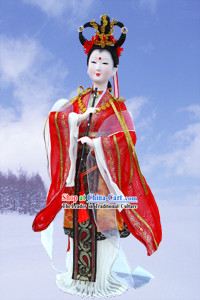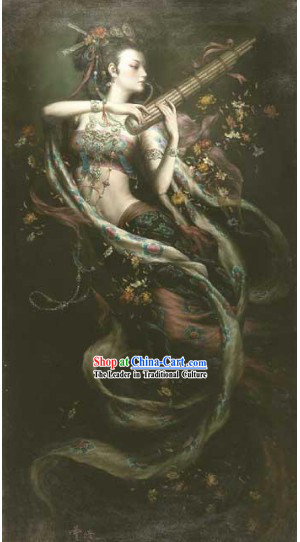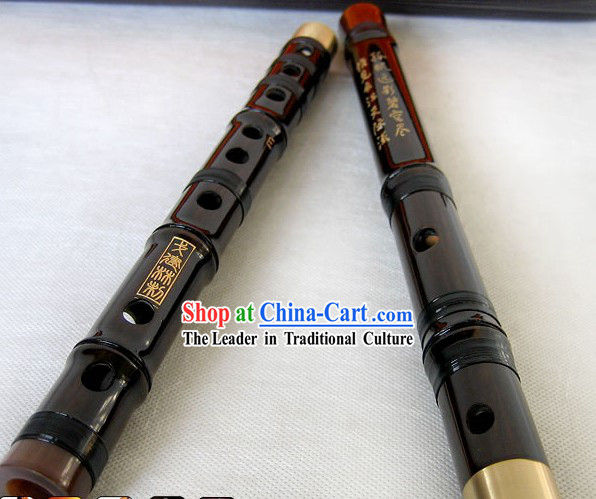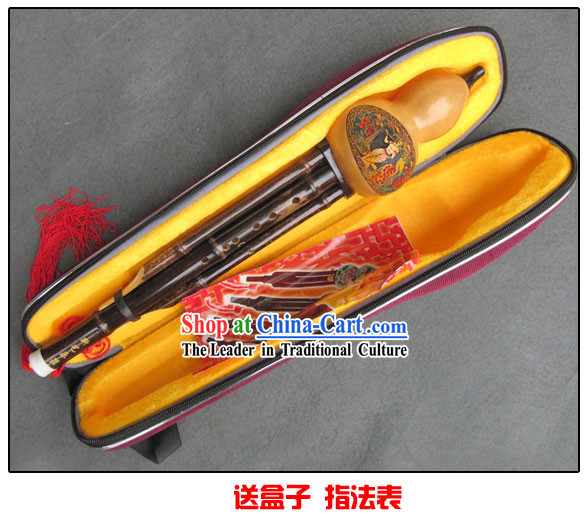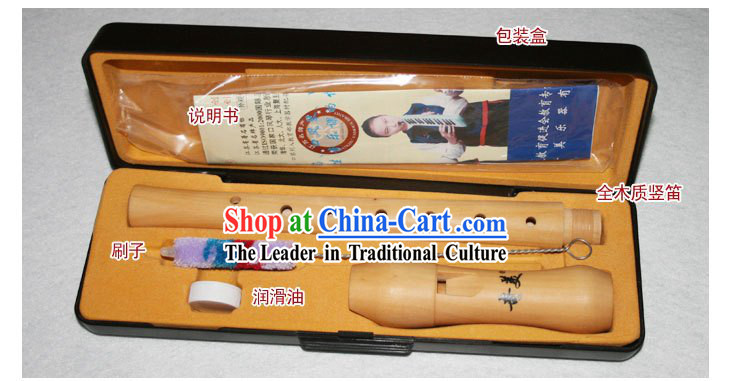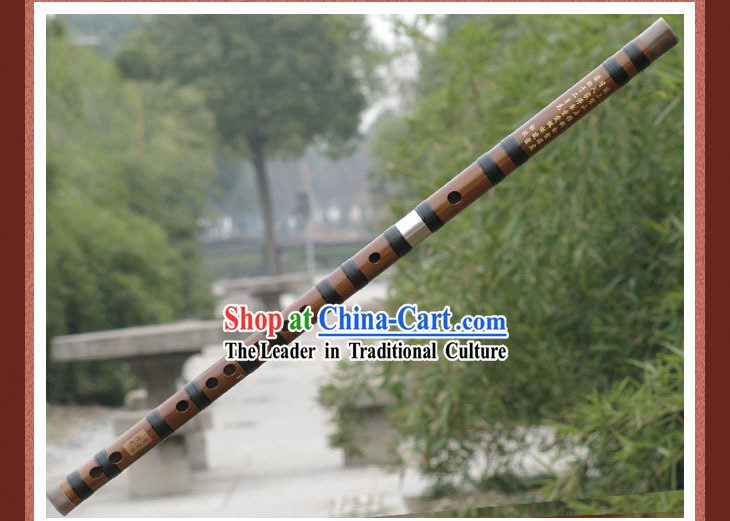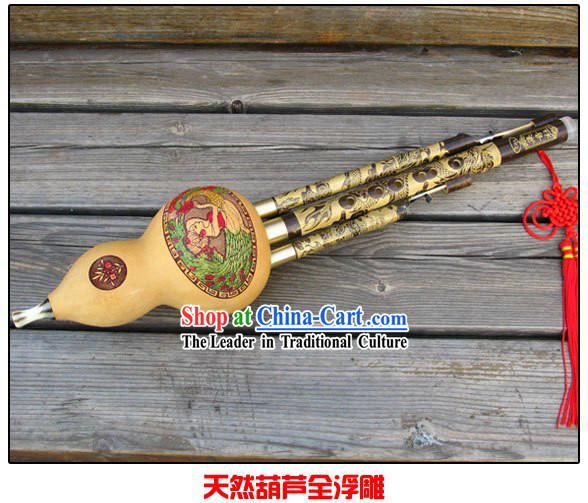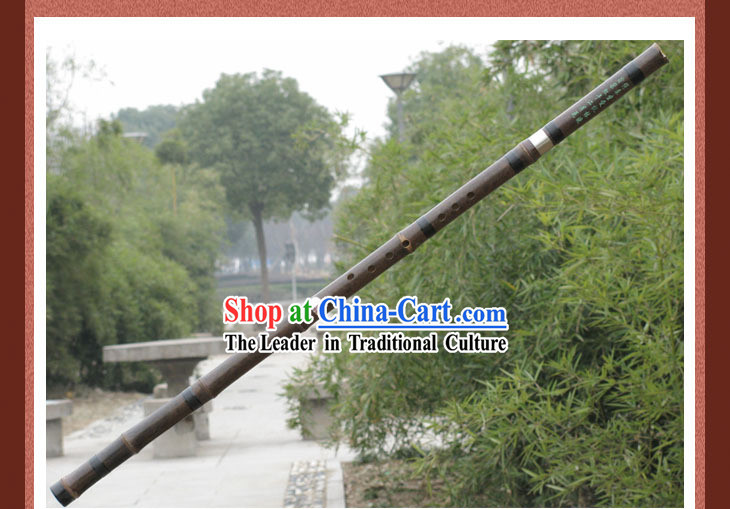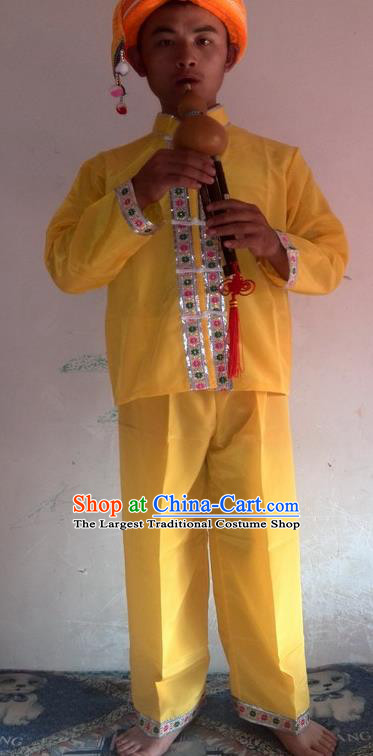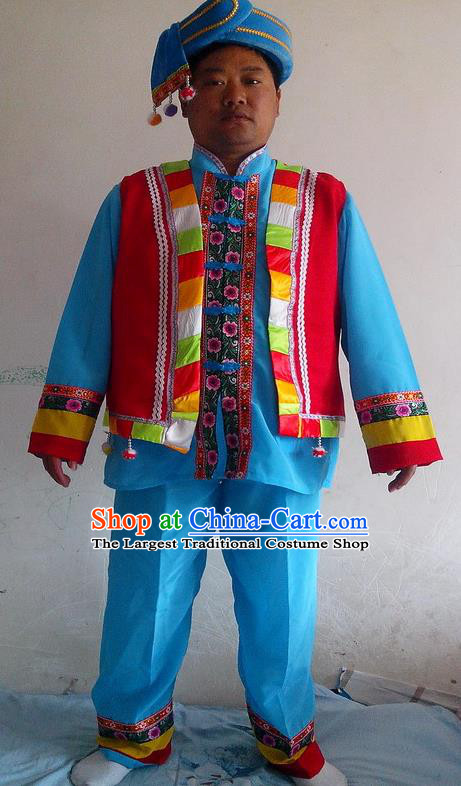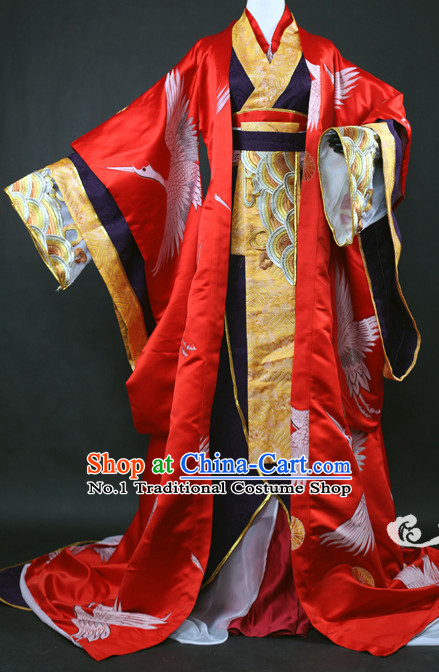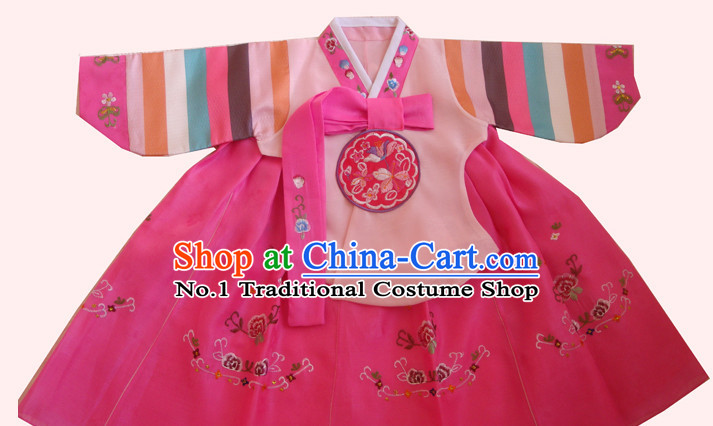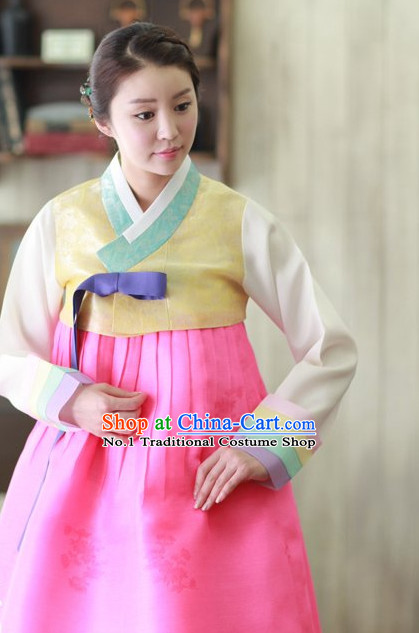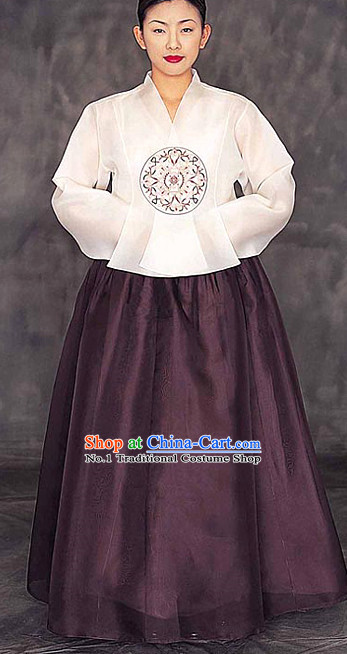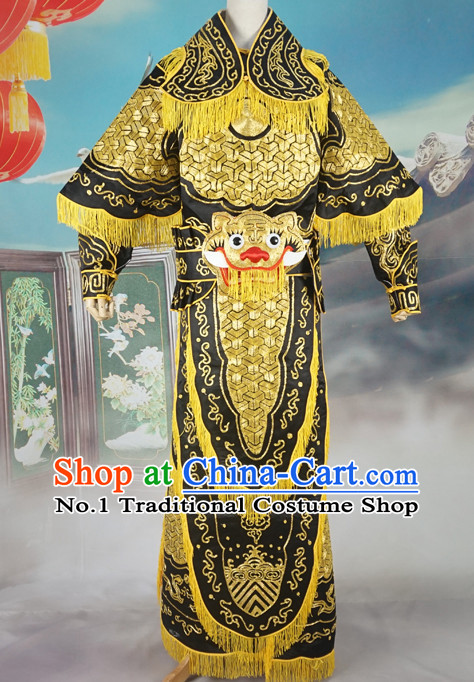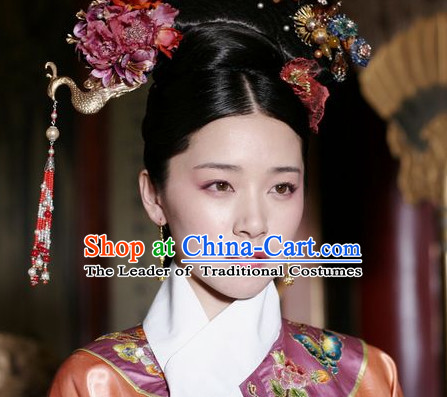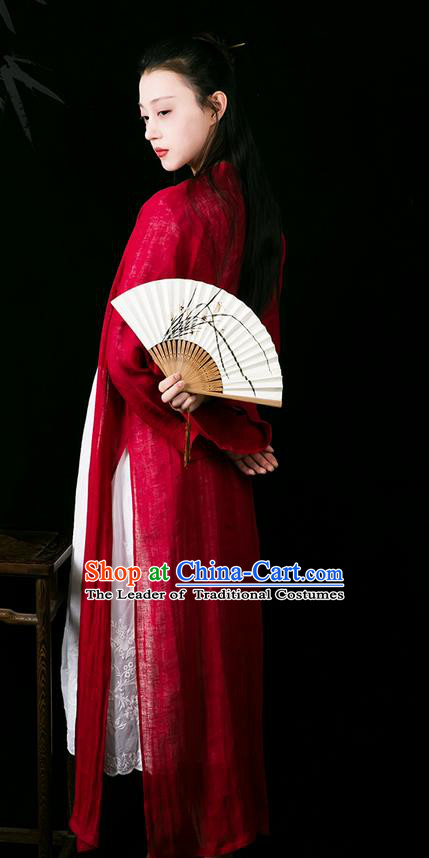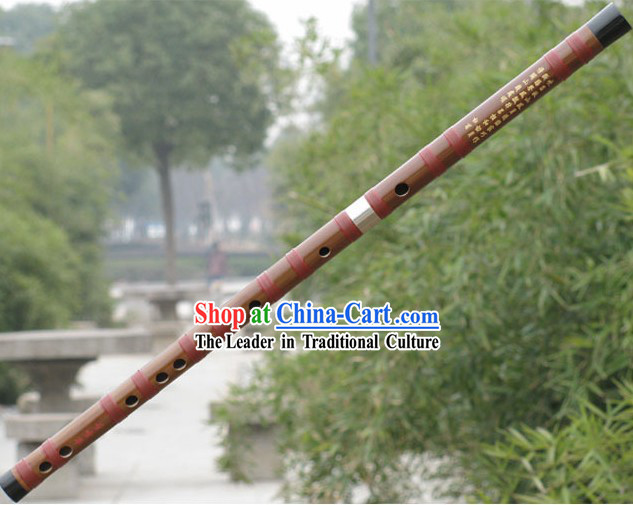
Click Related Pictures for More Audios:
The traditional Chinese flute, also known as the "Dizi," is a musical instrument with a long history and rich cultural significance.
It is renowned for its unique timbre, elegant appearance, and exquisite craftsmanship.
In ancient China, the flute was widely used in various contexts, such as court music, folk dances, and religious ceremonies.
Its gentle and melodious sound can express a wide range of emotions and moods, captivating listeners.
Traditional Chinese flutes are typically made of bamboo, a material that is both lightweight and durable.
They have a long, tubular shape with a blowing hole and one or more finger holes.
Players produce different pitches and tones by blowing air and adjusting their breath.
In traditional Chinese music, flutes are often played in conjunction with other instruments like the pipa, erhu, and guzheng to create harmonious musical effects.
Additionally, flutes can be played solo, providing audiences with a sense of tranquility and serenity.
In modern society, while electronic music and other contemporary genres have gained popularity, traditional Chinese flutes continue to be cherished by many.
Many artists and musicians combine traditional and modern elements to create unique musical works that showcase the charm of Chinese culture while adding to the world's musical heritage.
These works not only demonstrate the allure of traditional Chinese music but also contribute to the global music scene.
In conclusion, the traditional Chinese flute is an instrument with profound cultural roots and artistic value.
It represents a part of ancient Chinese music and is an essential component of Chinese national culture.
Whether in the past or present, it carries people's yearning for a better life and their pursuit of beauty.
